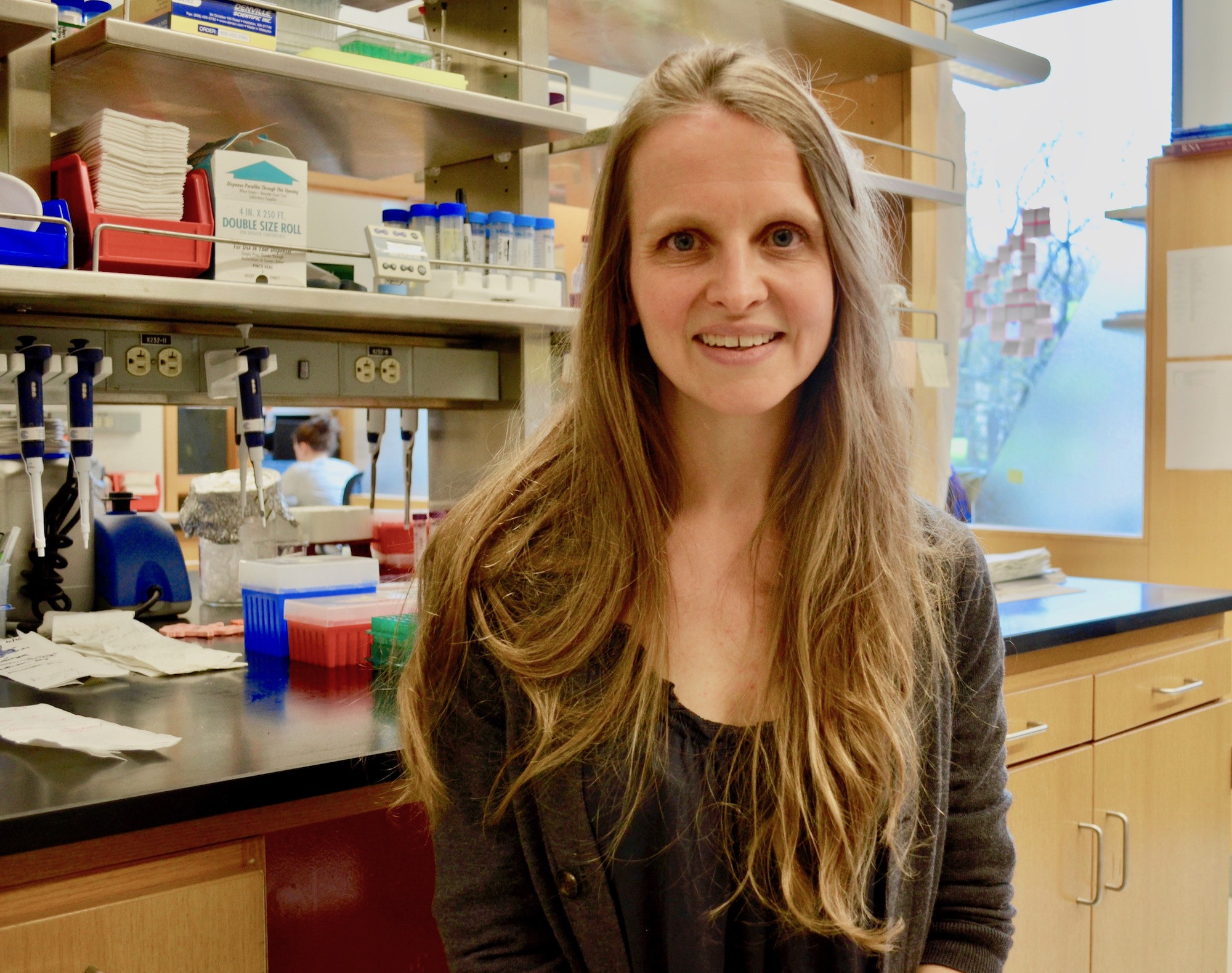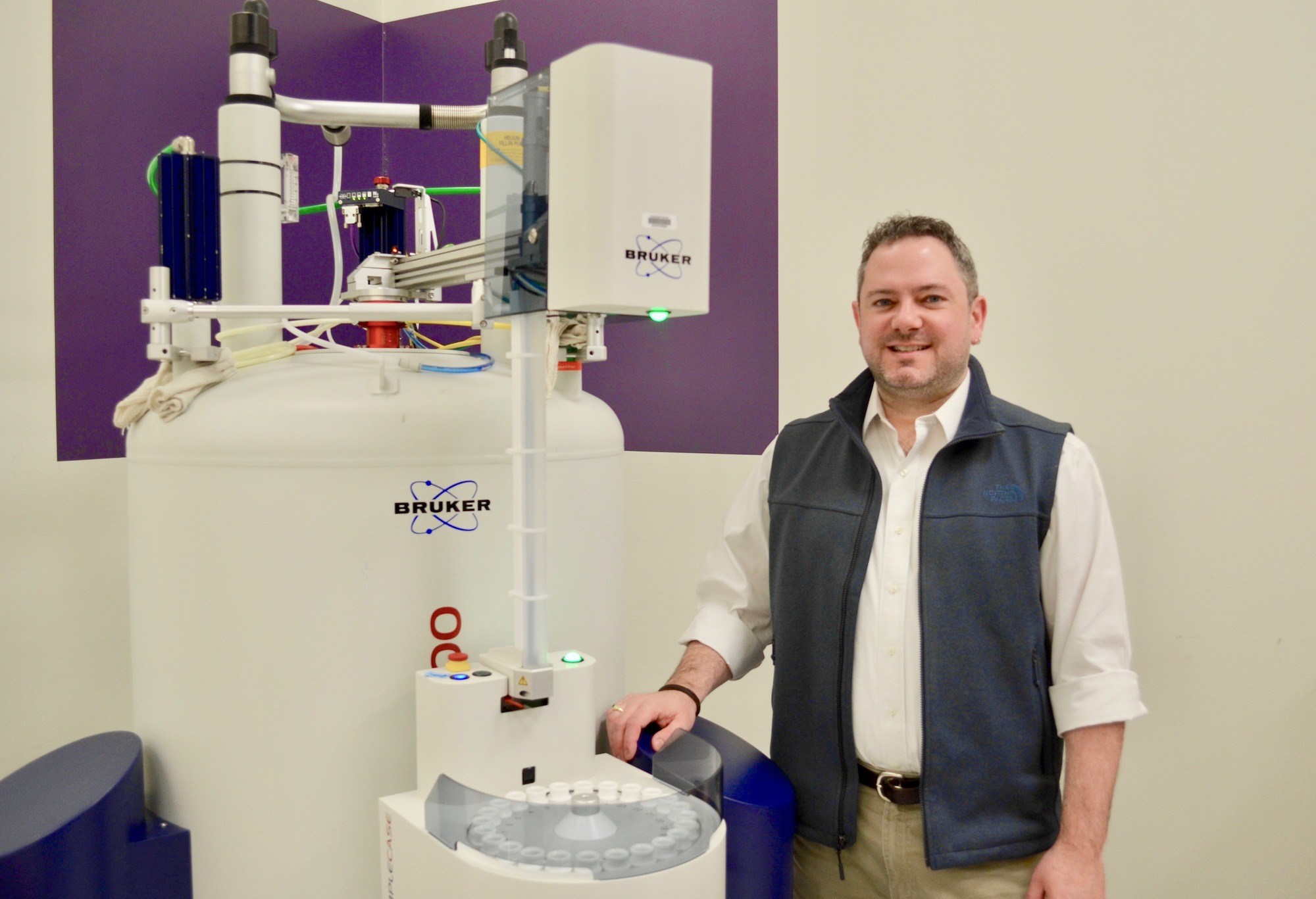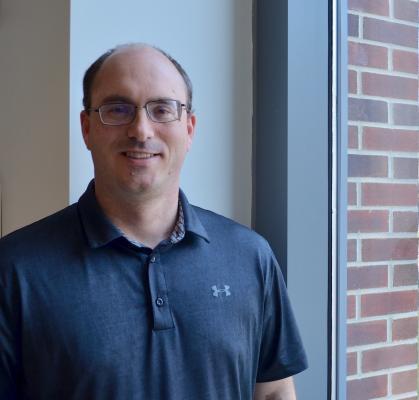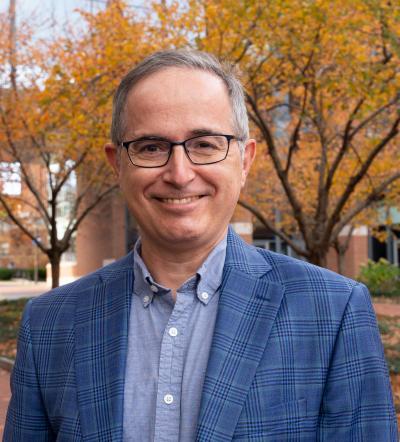Participants: Students of teachers who attended the SHAPE MATTERS workshop.
The SMART Teams Symposium is the capstone event for student participation as a SMART Team member. Teams will present their molecular story posters and 3D printed physical models of their molecules to symposium attendees in a traditional poster presentation setting on the Penn State University Park campus.
Agenda:
10 AM – Students arrive
10:15 AM – Welcome and Guest Speaker
10:30 AM – Graduate student panel
11:15 AM – Poster Session with 3D printed model
12:15 PM – Lunch
12:45 – Interactive Experiences
1:45 – Closing
2 PM – Departure
What is a SMART Team?
SMART Teams (Students Modeling a Research Topic) are teams of secondary students who work with their teachers and research mentors to explore a molecule of interest from their mentors’ labs. The students will create a molecular story based on the molecule of interest and use a computational modeling tool (JUDE) to model and explore their molecule’s structure and function.
What do SMART Teams create?
The students will create a SMART Team poster to communicate the molecular story of their molecule of interest. In addition, the students create a model of their molecule that they 3D print as an artifact of their learning and a communication tool for their SMART Team capstone presentations.
Who participates in the SMART Team Symposium?
Any team of students who have developed molecular stories with their teachers throughout the school year may participate in the Capstone Event. At this time, there is no minimum or maximum requirement of student participants. The number of students per team is up to the teacher based on the organization of the classroom and the students’ needs.
How will we share our files for feedback and how will we receive our feedback?
Students will submit their files to the teacher’s SMART Team lab folder in the SHAPE MATTERS SMART Teams Google Drive Drop Box. When all students have submitted their work, the teacher will email Amber Cesare, ams5306@psu.edu, to let her know that the files are ready to view. Amber will let the SMART Team mentor know that the files are ready for feedback. The SMART Team mentor will make a copy of the submitted document, provide feedback, and save the document in the same folder. Once the SMART Team mentor has reviewed all of the files, the mentor will email the teacher to know that all feedback is ready for review by the students.
Timeline of Events:
Date | Event | Description |
March 25, 2021 (Friday) | DUE to Google Drive: Draft 3D Model (JUDE file) and Molecular Story Draft Sheet | Submit students’ 3D Model files and Molecular Story Draft Sheet to the SMART Teams Google Drive |
March 29, 2021 (Tuesday) | SMART Team Mentors reviews and returns Draft Sheet feedback | Mentors provide basic feedback for students’ 3D Models and Molecular Story Draft |
April 5, 2021 (Tuesday) | DUE to Google Drive: Initial Draft of Poster | Submit students’ 3D Model files and Poster Drafts to the SMART Teams Google Drive |
April 15, 2021 (Friday) | SMART Team Mentors review and return mentor feedback on Draft Poster | SMART Team Mentor provides feedback on student draft posters and models |
April 22, 2021 (Friday) | DUE to Google Drive: Revised Poster | Submit students’ revised posters to SMART Teams Google Drive |
April 26, 2021 (Tuesday) | CSATS reviews and returns: CSATS Feedback on Posters | CSATS will provide feedback on students’ revised posters, including science communication feedback |
May 6, 2021 (Friday) | DUE to Google Drive: Final Posters | Students submit FINAL posters to the SMART Teams Google Drive (will be printed for symposium) |
May 13, 2022 (Friday) | SMART Teams Symposium Event | Students travel to University Park to present their SMART Team Molecular Story Poster and 3D models. |

Nearly half of the antibiotics that are currently prescribed target the bacterial ribosome. However, bacteria are rapidly evolving new ways to resist these antibiotics. One emerging mode of enzymatic antibiotic resistance is the structural modification of the ribosome by the radical SAM enzyme Cfr. Radical SAM (RS) enzymes share a common functional motif, an iron-sulfur cluster that coordinates S-adenosylmethionine (SAM), to generate a 5’-deoxyadenosine radical (5’-dA•). The 5’-dA• moiety in RS proteins initiates reactions with substrates by abstracting an H-atom. After Cfr performs this chemically challenging first step, several other steps occur, culminating in the methylation (i.e., the formation of a carbon-carbon bond) of ribosomal ribonucleic acid (RNA). Cfr uses this powerful chemistry to methylate a single site in the bacterial ribosome, the eighth carbon of the adenine ring on A2503. This structural modification inhibits antibiotic binding to the bacterial ribosome conferring antibiotic resistance. In collaboration with Squire Booker’s laboratory, our research focuses on structural determination of Cfr and a related radical SAM methylase, RlmN, to understand how Cfr and RlmN recognize substrate and perform the chemistry associated with RNA modification. To date, we have solved structures of an RNA-bound RlmN intermediate, the first view of a radical SAM enzyme in complex with a large macromolecular substrate.

In protein biochemistry, it is commonly assumed that a protein’s folded state determines its function. However, data emerging over the past decade conclusively show that approximately one-third of all human protein is not folded and yet these segments of “intrinsically disordered protein” often play essential roles in mediating protein-protein interactions. Thus, the premise motivating my laboratory’s research is that folding is not required to impart unique structural features in proteins that drive their biological functions. For example, the transcription factor Pdx1 regulates the production of insulin in pancreatic β-cells. Accomplishing this crucial function requires reversible formation of protein-protein complexes that either activate or repress Pdx1-stimulated transcription. In this project, the SMART team will explore how the intrinsically disordered C-terminal region of Pdx1 interacts with its negative regulator SPOP, which happens in order to avoid cellular stress associated with unnecessary insulin production when blood glucose levels are low. Analysis of co-crystal structures of Pdx1 peptides bound to SPOP will reveal how disordered proteins with diverse amino acid sequences can adopt functionally equivalent structures when bound to a folded partner. Perhaps unsurprisingly, the pdx1 gene is often mutated in diabetic patients; members of this SMART team will formulate a structure-based hypothesis for the mechanism whereby one diabetes-associated Pdx1 mutant may drive a disease phenotype by disrupting Pdx1-SPOP interactions.

The COVID-19 pandemic has highlighted the need to develop effective antiviral therapies for SARS-CoV-2 and related positive-strand RNA viruses. In the Boehr lab, we study the protein structure and dynamics of two common antiviral targets – the RNA-dependent RNA polymerase (RdRp) and the viral protease that cleaves the viral polyprotein into its component parts. Our work has highlighted the importance of understanding not just the static structure, but also how motions within the protein impact function and regulation. We propose that just as everyday machines have moving parts to function, so do these “protein nanomachines.” More specifically, our work has shown that amino acid substitutions distant from the active site of the RdRp change error frequency not by changing the static protein structure but by modulating the internal motions within the RdRp. These functional changes have implications for viral pathogenesis and vaccine development. Antiviral nucleotides can also impede these functionally-important motions to stop RdRp function. Teachers will explore the structure of this well-conserved and important antiviral target, but also gain an appreciation for the wide variety of motions and structural changes that ultimately drive protein function.

Year: 2021-2022
Research in the Bevilacqua Lab is centered on understanding functions of RNA in nature at the molecular level. RNA is a fascinating molecule because it has both genetic and functional capabilities. This has led to the notion that RNA was particularly important in the emergence of life on Earth–the “RNA World Hypothesis”. RNA is also of interest because it is involved in a wide range of important biological pathways, recognized most recently as the genetic material of the SARS-CoV-2 virus and the basis of the Moderna and Pfizer mRNA vaccines. We work on RNAs ranging from simple model systems to the entire transcriptome (tens of thousands of RNAs) in living organisms. The project our teachers will be working on will involve recognition of ligands by riboswitches. Riboswitches are a recently discovered class of RNA molecules that specifically and tightly bind small molecules to regulate gene expression. Our teachers will study two closely related purine riboswitches and understand the molecular basis for their specificity. Teachers will learn chemical concepts interfacing with physics and biology, including folding of RNA, molecular recognition of ligands, and regulation of gene expression.

Year: 2021-2022
The ongoing COVID-19 pandemic that is threatening people's lives across the world is underscoring the urgent need to develop effective antiviral agents for SARS-CoV-2, the causative agent of COVID-19. The SARS-CoV-2 main protease Mpro (its alternate name 3C-like protease 3CLpro), which cleaves the viral non-structural polyprotein (NSP) for assembling a replication-transcription complex (RTC), is one of excellent antiviral targets to prevent SARS-CoV-2 replication. The Murakami’s group has been determining the atomic-resolution X-ray crystallographic structure of Mpro in complex with protease inhibitor (Figure below) for understanding the mechanisms of Mpro inhibition by small molecules and for developing new SARS-CoV-2 agents.

Year: 2021-2022
The laboratory of Dr. Christopher Yengo studies molecular motor and cytoskeletal proteins and their role in human disease. The lab is currently focused on myosin motors and the actin cytoskeleton. Biochemical, biophysical, and cell biological approaches are utilized to investigate basic molecular mechanisms of motor based transport, contraction, and organization of the actin cytoskeleton. In the long term, the Yengo lab hopes to develop therapeutic strategies for diseases that impact actomyosin based functions. Specific diseases being investigated are inherited forms of heart disease and deafness.
SMART Teams Google Drive Drop Boxes
